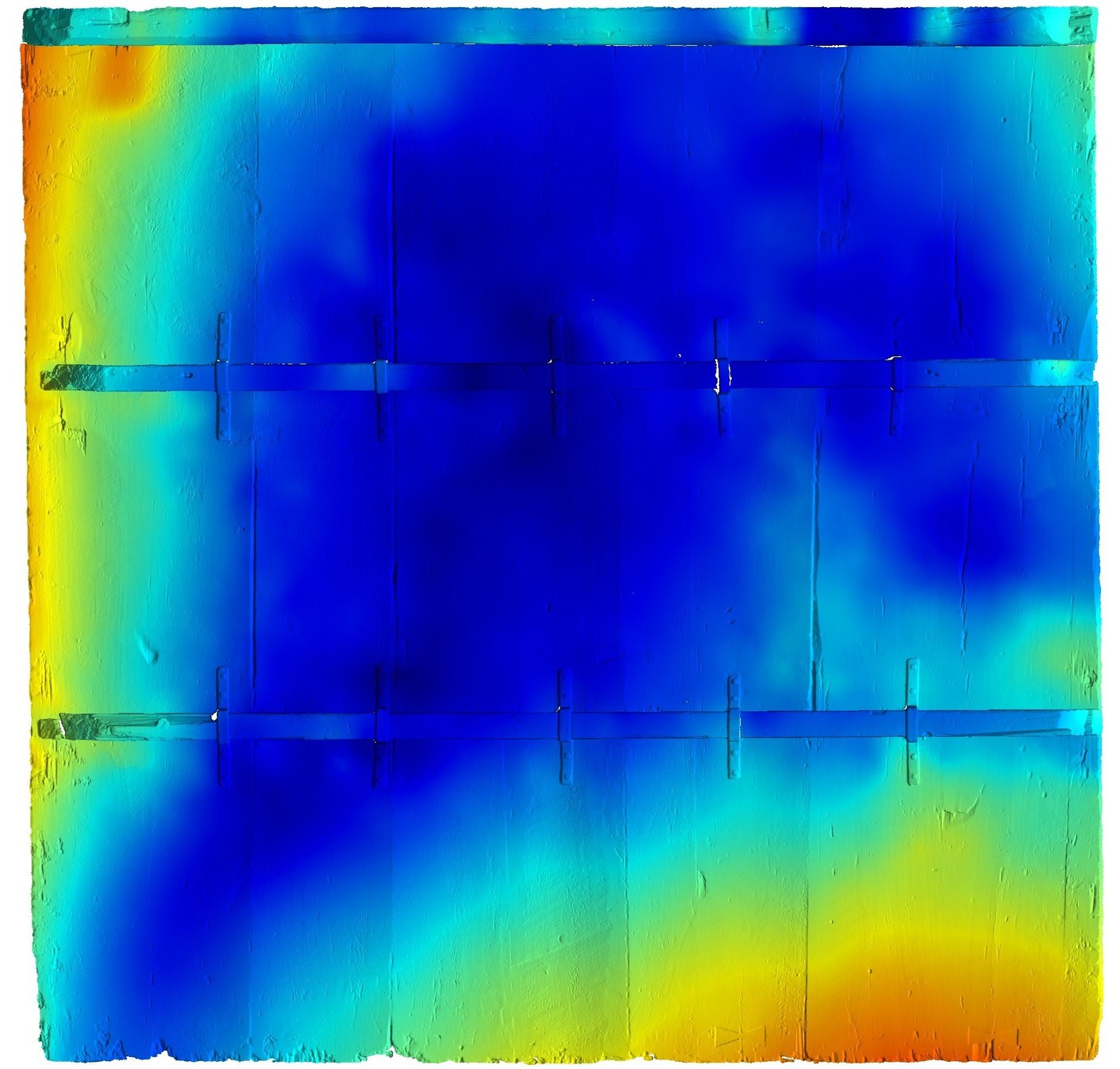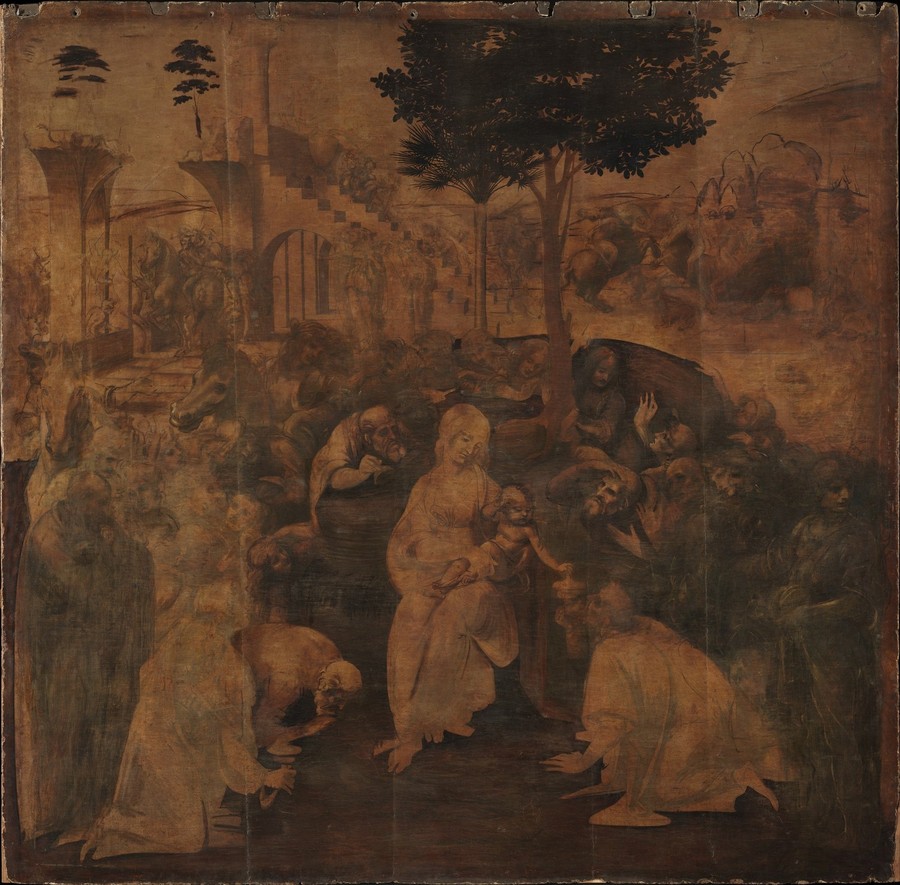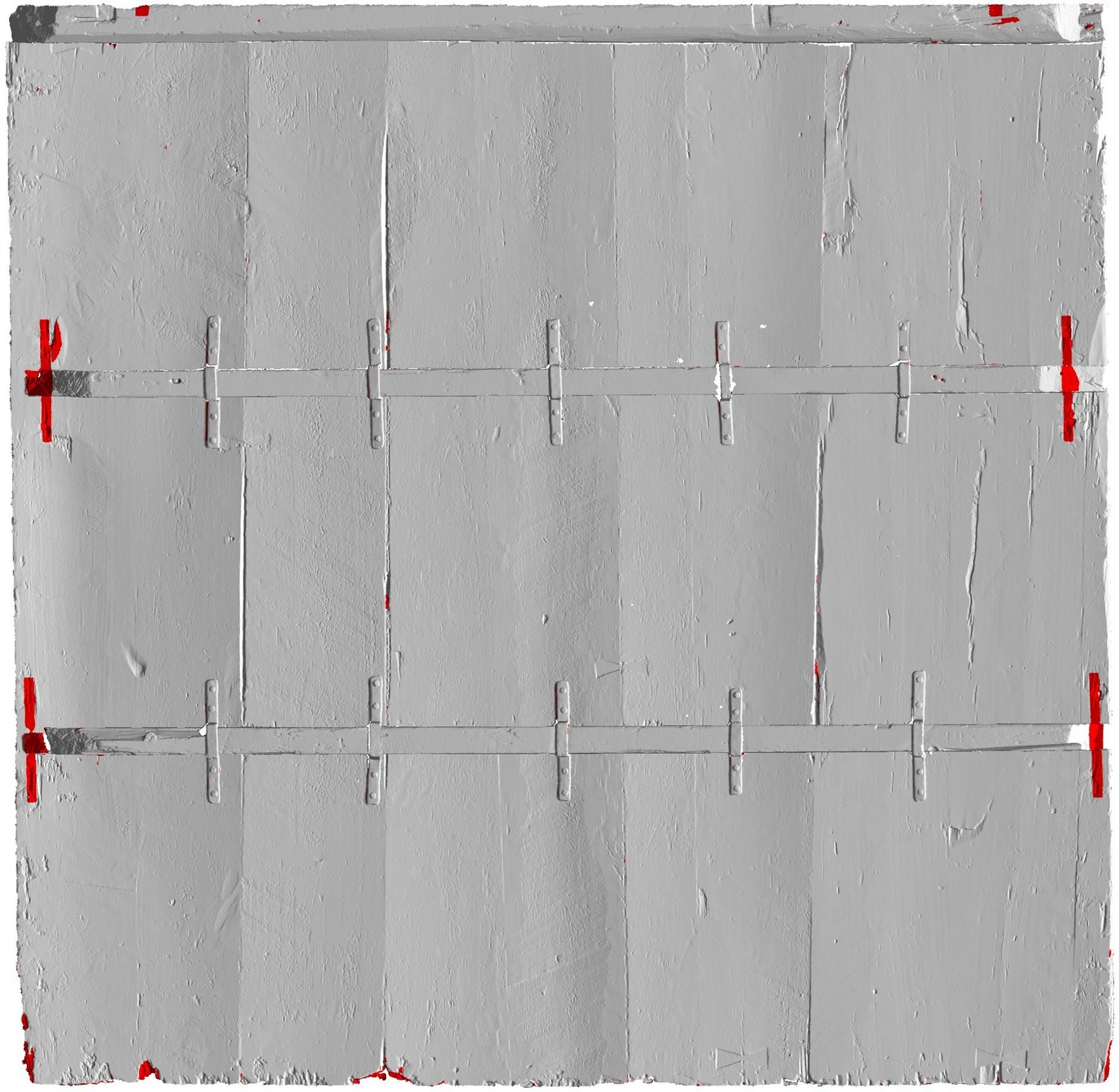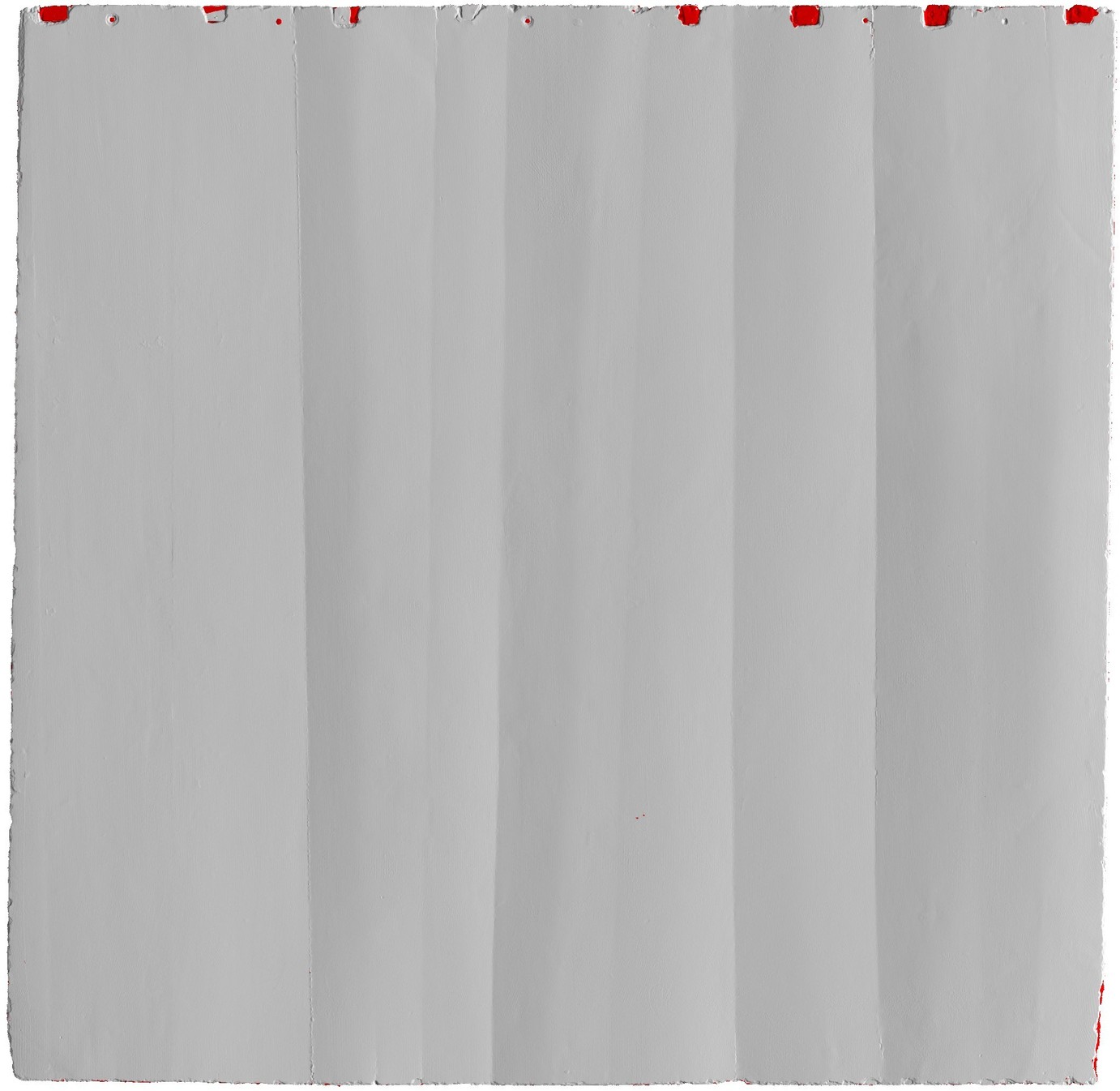Deformation analysis of Leonardo da Vinci's ''Adorazione dei Magi'' through temporal unrelated 3D digitization

Abstract
3D scanning is an effective technology for dealing at different levels the state of conservation/deformation of a panel painting, from the micro-geometry of the craquelure to the macro-geometry of the supported used. Unfortunately, the current solutions used to analyze multiple 3D scans acquired over time are based on very controlled acquisition procedures, such as the use of target reference points that are stationary over time and fixed to the artwork, or on complex hardware setups to keep the acquisition device fixed to the artwork. These procedures are challenging when a long monitoring period is involved or during restoration when the painting may be moved several times. This paper presents a new and robust approach to observe and quantify the panel deformations of artworks by comparing 3D models acquired with different scanning devices at different times. The procedure is based on a non-rigid registration algorithm that deforms one 3D model over the other in a controlled way, extracting the real deformation field. We apply the method to the 3D scanning data of the unfinished panel painting ‘‘Adorazione dei Magi’’ by Leonardo da Vinci. The data were acquired in 2002 and 2015. First, we analyze the two 3D models with the classical distance from the ideal flat plane of the painting. Then we study the type of deformation of each plank of the support by fitting a quadric surface. Finally, we compare the models before and after the deformation computed by a non-rigid registration algorithm. This last comparison enables the panel deformation to be separated from the structural changes (e.g. the structural restorations on the back and the missing pieces) of the artwork in a more robust way.




